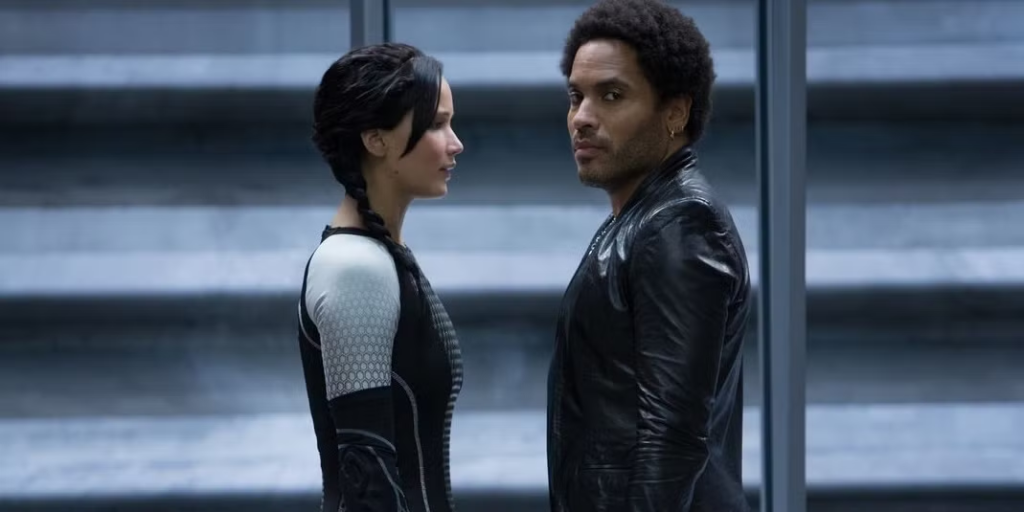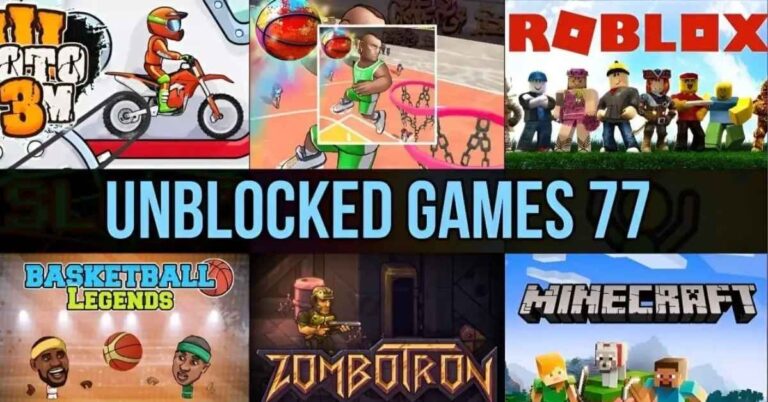Cinna Hunger Games: The Silent Revolutionary Who Lit the Fire of Rebellion
In Suzanne Collins’ dystopian universe of The Hunger Games, few characters leave as profound a mark as Cinna. While not a warrior or a politician, Cinna plays a pivotal role in shaping the story’s central figure—Katniss Everdeen—and catalyzing the rebellion that topples the tyrannical Capitol. Through his creativity, compassion, and quiet defiance, Cinna Hunger Games becomes a symbol of resistance, artistry, and hope. This article delves deep into who Cinna was, his impact on the story, and why he remains one of the most beloved and significant characters in the series.
Who Is Cinna in The Hunger Games?
Cinna is first introduced in The Hunger Games as Katniss Everdeen’s stylist for the 74th Hunger Games. Unlike the other flamboyant and indifferent Capitol citizens, Cinna stands out for his subtlety, sincerity, and quiet rebellion. He quickly forms a deep bond with Katniss, offering her emotional support in a world designed to break her spirit.
Despite coming from the Capitol, Cinna is not intoxicated by its luxury or blind to its cruelty. His actions and designs suggest he is a rebel at heart, someone who believes in justice and uses his talents to fight oppression in the only way he can—through fashion and symbolism.
Also Read: Cato Hunger Games: The Fierce Tribute of District 2
The Artistic Genius Behind the “Girl on Fire”
One of Cinna’s most iconic contributions to the Cinna Hunger Games narrative is the creation of the “Girl on Fire” look. For Katniss’s opening ceremony, Cinna designs a costume that appears to ignite in flames, captivating the audience and instantly branding her as someone unique and unforgettable.
This act of visual storytelling goes far beyond aesthetics. It elevates Katniss from another tribute to a symbol of strength, beauty, and defiance. The flames become a recurring motif for rebellion, setting the tone for Katniss’s evolution into the Mockingjay.
Cinna continues to craft powerful messages through fashion. During the 75th Hunger Games, he designs a wedding dress for Katniss that transforms into a mockingjay outfit—the ultimate symbol of rebellion. This move, while courageous and poetic, becomes the final act of defiance that leads to his tragic fate.

A Rebel in Disguise
Cinna is not just a stylist—he is a revolutionary. Though he operates within the Capitol’s rigid structure, his work quietly chips away at the regime’s propaganda. His subversive designs are carefully calculated to empower Katniss and signal to the oppressed districts that change is possible.
The Cinna Hunger Games story reveals that he is a known sympathizer of the rebellion based in District 13. By using his public platform and stylistic genius, Cinna smuggles resistance into the heart of the Capitol’s most-watched event. Every feather, flame, and fabric choice carries meaning.
In many ways, Cinna represents the power of subtle rebellion. While others fight with weapons and speeches, Cinna fights with symbolism and art. His work is a reminder that revolution doesn’t always come from the battlefield—it can begin with the stroke of a brush, the cut of a fabric, or the courage to tell the truth in disguise.
The Emotional Anchor for Katniss
From their first meeting, Cinna becomes Katniss’s emotional anchor in the Capitol. He treats her with respect, listens without judgment, and offers her strength when she feels most vulnerable. Unlike many of the Capitol residents, he sees her as a person, not a pawn in a brutal game.
Cinna’s quiet confidence and unwavering support allow Katniss to trust him completely. She often reflects on his guidance and calm presence during moments of extreme stress. Their bond is one of the few pure relationships in a world corrupted by violence and manipulation.
This emotional connection amplifies the impact of Cinna’s fate. When he is beaten and dragged away in front of Katniss before the Quarter Quell, it serves as a gut-wrenching reminder of the Capitol’s cruelty and the cost of resistance.
The Tragic Sacrifice
Cinna’s arrest and presumed execution mark one of the most heartbreaking moments in the Cinna Hunger Games timeline. His crime? Dressing Katniss in a mockingjay gown, a symbol of hope and rebellion. The Capitol interprets this as an open act of defiance, and he pays for it with his life.
His death is never explicitly shown, but its emotional weight is deeply felt throughout Catching Fire and Mockingjay. Katniss is haunted by the image of Cinna’s brutal arrest, and it becomes a turning point in her transformation from survivor to revolutionary leader.
Cinna’s sacrifice is not in vain. His final act ignites a fire in Katniss and strengthens her resolve to bring down the Capitol. He becomes a martyr, a symbol of courage, and a reminder of the importance of standing up for what is right—even if it costs everything.
The Symbolism of Fashion in Rebellion
In the world of The Hunger Games, appearances are everything. The Capitol uses fashion and spectacle to control narratives and pacify the masses. Cinna flips that script. He uses fashion not as a tool of oppression but as a weapon of resistance.
Every outfit Cinna creates for Katniss carries symbolic meaning. The flames represent transformation, the mockingjay represents rebellion, and the simplicity of his designs contrasts sharply with the Capitol’s excess, emphasizing authenticity over artifice.
The Cinna Hunger Games arc teaches readers that rebellion can take many forms. In Cinna’s case, it takes the form of a designer’s sketchpad, a bolt of fabric, and a refusal to be silent in the face of tyranny.
Why Cinna Resonates with Fans
Cinna is often cited as one of the most beloved characters in The Hunger Games series—and for good reason. He embodies quiet strength, loyalty, and creative resistance. His character stands as a reminder that one does not need to be loud or violent to be revolutionary.
Fans appreciate Cinna not just for his artistry, but for his humanity. In a world filled with betrayal and brutality, he is a beacon of empathy and integrity. His belief in Katniss and the cause of the rebellion adds emotional depth and moral clarity to the narrative.
On platforms like Reddit, countless threads discuss the significance of Cinna Hunger Games, exploring his role as the emotional glue for Katniss and the moral compass for the audience. Many argue that the rebellion began with Cinna’s defiance—not just Coin’s political strategy.
Also Read: U Free Games: Your Ultimate Destination for Online Entertainment
Cinna’s Legacy in the Rebellion
Though Cinna dies early in the series, his legacy lives on. The mockingjay symbol he helped create becomes the rallying cry of the revolution. His faith in Katniss helps shape her into the Mockingjay—the face of the resistance.
Even after his death, Cinna continues to guide Katniss. In Mockingjay, Katniss receives a sketchbook from Cinna, filled with designs and messages that inspire her to keep fighting. His vision for her as the Mockingjay lives on, cementing his role as one of the architects of the rebellion.
In essence, Cinna Hunger Games serves as a blueprint for how one individual can spark massive change, not through force, but through vision, courage, and unwavering belief in justice.
Cinna in the Films: A Powerful Portrayal
In the film adaptations of The Hunger Games, Cinna is portrayed by musician and actor Lenny Kravitz. His performance brings a calm intensity and gentle wisdom to the role, perfectly capturing Cinna’s essence.
Kravitz’s understated portrayal resonates with fans and critics alike. From his quiet moments with Katniss to the haunting scene of his arrest, Cinna’s presence is felt even in his absence. The Cinna Hunger Games legacy in the films is as powerful as in the books, providing visual reinforcement of his impact on the story.
Cinna’s Role in Humanizing the Capitol
One of the lesser-discussed but powerful elements of Cinna’s character is how he challenges the audience’s perception of the Capitol. Throughout The Hunger Games series, Capitol citizens are often portrayed as vain, detached, and complicit in the cruelty of the Hunger Games. However, Cinna stands in stark contrast to this stereotype. His simplicity in dress, his quiet demeanor, and his genuine empathy for Katniss make him an anomaly within his environment. Through Cinna, Suzanne Collins subtly introduces the idea that not all Capitol citizens are heartless or oblivious—some, like him, are deeply troubled by the system and risk their lives to fight against it. This complexity adds depth to the story, showing that the Capitol, while largely corrupt, is not entirely homogeneous.
The Psychology Behind Cinna’s Rebellion
Unlike most characters in The Hunger Games, Cinna’s rebellion is not motivated by personal loss or direct oppression, but rather by moral conviction. He is a rare example of someone who sees injustice not because he has suffered, but because he chooses to empathize with others. This psychological profile makes him unique in the story’s cast. His rebellion is intellectual and ideological, grounded in a deep sense of right and wrong. He chooses to act not out of necessity, but out of principle. This makes his courage even more profound—he knowingly walks into danger not for revenge, but for hope, justice, and change. In literature, such characters are rare, and Cinna’s moral bravery becomes a quiet but potent form of protest that resonates deeply with readers.
Cinna’s Influence on Future Stylists and Media
Though Cinna is gone by Mockingjay, his influence lives on in the choices of others involved in shaping public perception. Characters like Tigris, a former stylist who helps the rebels, can be seen as part of the wave of Capitol citizens awakened by Cinna’s quiet rebellion. The media becomes a battlefield in Mockingjay, and much of the rebels’ visual messaging owes a debt to Cinna’s early efforts. He understood before anyone else the power of symbols and media to shape public consciousness. Katniss’s Mockingjay persona, which becomes central to rebel propaganda, is not just a costume—it is the result of Cinna’s vision. His pioneering use of fashion as resistance paved the way for the rebels to use visuals, tone, and symbolism more effectively than the Capitol anticipated.
The Tragic Irony of Cinna’s Fate
One of the most heartbreaking elements of the Cinna Hunger Games arc is the tragic irony of his fate. Cinna was not a soldier, nor did he incite violence; he used beauty and design to promote peace and unity. Yet, it was this nonviolent defiance that made him a target. His art was too powerful, too dangerous to the Capitol’s narrative control. This irony underscores one of the series’ central themes: that the Capitol fears not just weapons, but ideas. Cinna’s designs dared to give the oppressed hope, and in doing so, he sealed his fate. This tragic outcome reinforces the idea that in authoritarian regimes, even artists are seen as threats—and sometimes, creativity becomes the most subversive act of all.
Final Thoughts: The Unsung Hero of The Hunger Games
Cinna is not just a side character—he is a foundational element of The Hunger Games narrative. His creative genius, emotional strength, and moral clarity help to ignite the rebellion and shape Katniss into a leader. Though he doesn’t fight on the battlefield, his contributions are just as critical to the downfall of the Capitol.
The Cinna Hunger Games storyline reminds us that real change often starts with the courage to create, to believe in others, and to stand up—quietly but firmly—for what is right. In a series full of dramatic turns and violent battles, Cinna’s subtle strength stands out as one of the most powerful forces of all.
Also Read:
- Egads Game Uncovered: From Charity Board Games to Game Jams and Indie RPGs
- Epoch Times Games: A Deep Dive into Brain-Boosting Fun and Free Entertainment
- DKM Games: The Ultimate Destination for Brain and Puzzle Game Lovers
- Player 100 Squid Game 2: A Deep Dive into the Controversial Character
- Phoodle Game: The Addictive Word Puzzle for Food Lovers





